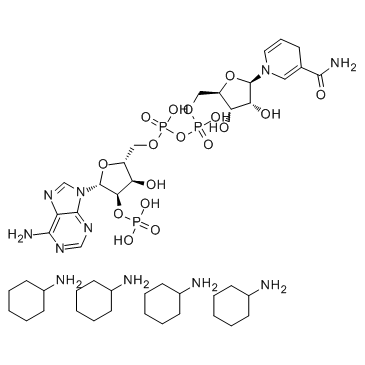| Structure | Name/CAS No. | Articles |
|---|---|---|
 |
NADPH (tetracyclohexanamine)
CAS:100929-71-3 |
|
 |
β-NADP-sodium salt
CAS:1184-16-3 |